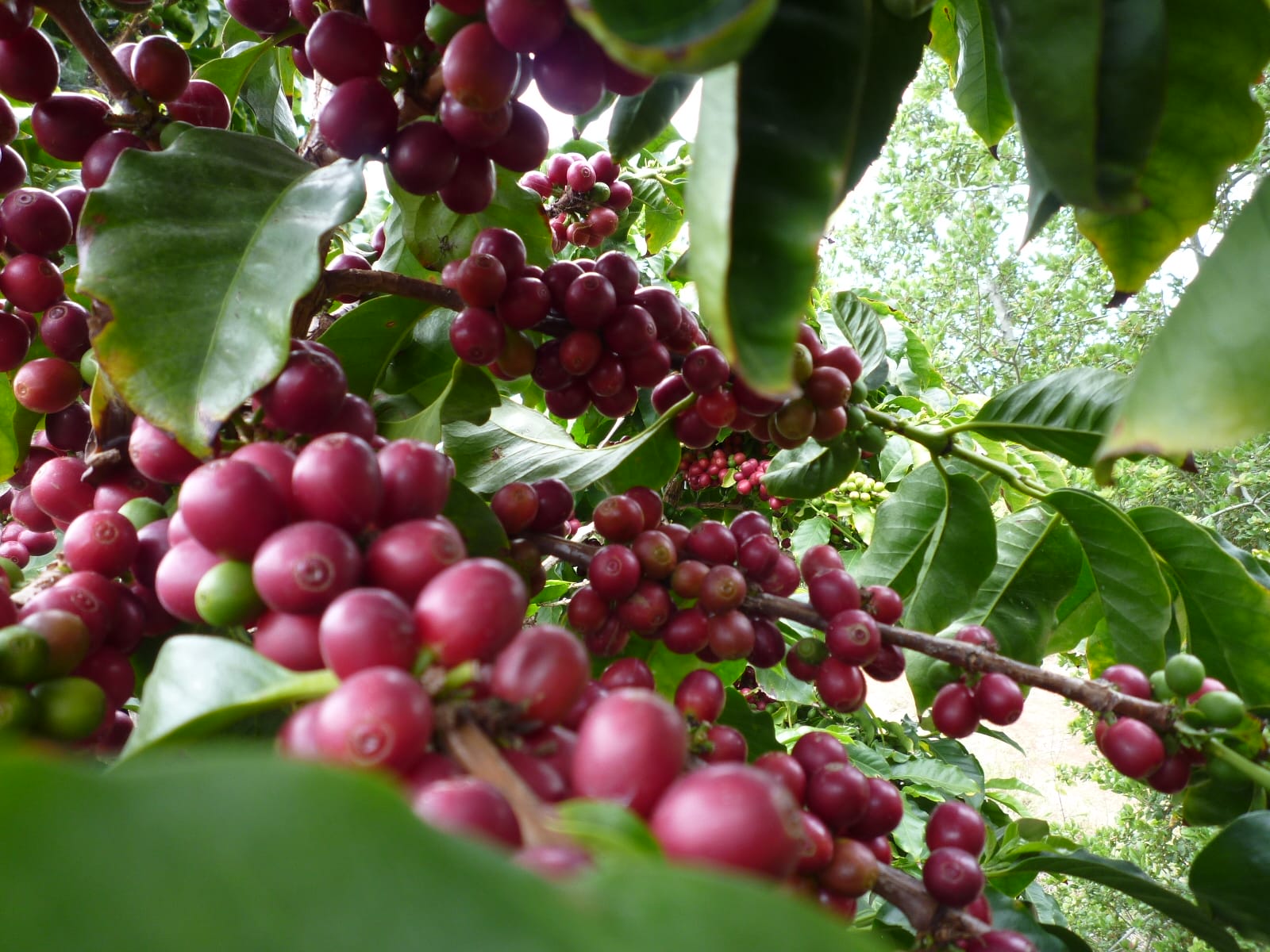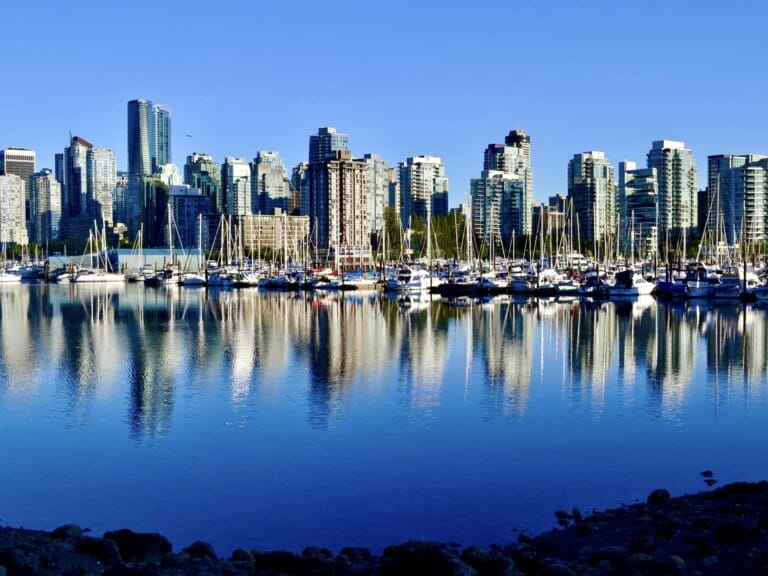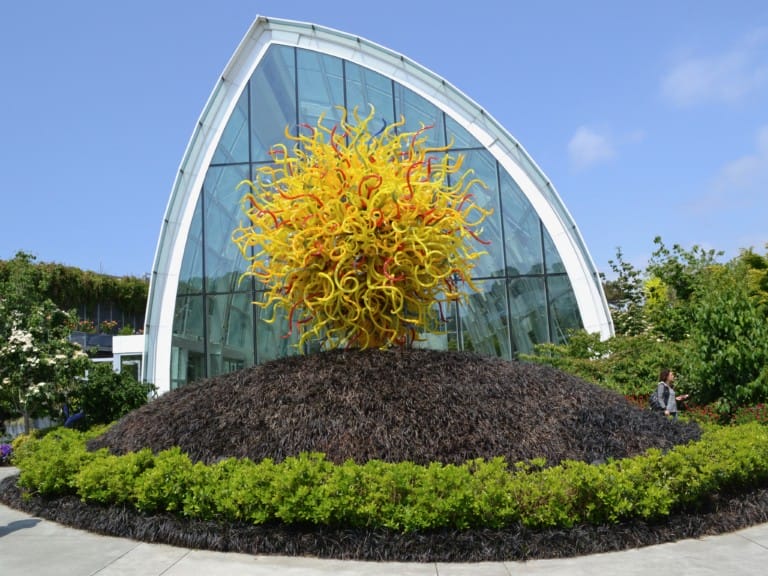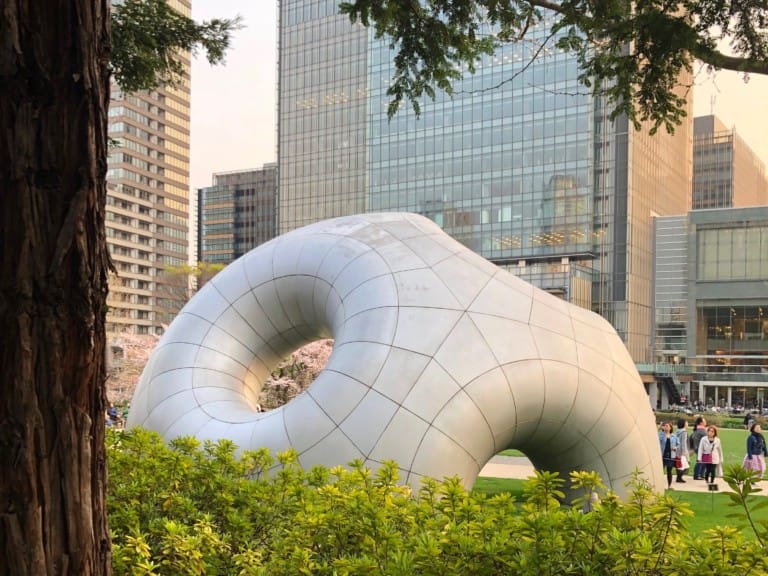On April 8, Intelligentsia Coffee hosted a seminar at their Glassell Park roasting facility, titled “State of the Cup.” The headliner was Geoff Watts, the company’s Vice President of Green Coffee, their first full time employee, and a man that fellow Intelligentsia VP Kyle Glanville described as a “direct trade visionary.” He spent more than an hour delving into coffee growing, harvesting, processing, roasting and brewing, keeping in mind quality at each step. The day’s most vivid illustration of what it takes to get the beans from farm to cup came when Watts described coffee’s particularly harrowing journey from Caranavi, Bolivia, to Intelligentsia’s stateside roasting facilities.
“You wouldn’t imagine the harrowing journey that coffee sometimes has to take to get from the farm to you. My friend Kyle has been working in Bolivia lately, and he can attest to the fact that this coffee has to go through, first, from Caranavi, a growing area that’s at maybe 1500 meters, 1600 meters, somewhat lush, warm in the days. And it has to go from there to La Paz, which is the capital city, which is up at 13,000 feet above sea level…So it travels all the way there to a climate that’s cool and very dry because of the extreme altitude. To get there, it has to go through what used to be called the Road of Death, the most dangerous road in the world, as determined by the CIA, because it’s basically a one-lane, crappy road that winds around these steep drop-offs throughout the Andes Mountain range, and it’s the road on which more people have died than any other because literally the road’s this big [motions with hands] and you’re looking out your window and it’s a 10,000 foot drop, straight down. Assuming the coffee makes it to La Paz, then it has to get up over the Andes Mountain range, going through sub-zero, freezing temperatures, and all the way back down to a port in Santiago, Chile, or Arequipa, Chile, where it will get exported. So it goes from freezing temperatures to really warm temperatures – 95 degrees and humid. Then it gets on a boat and spends up to five or six weeks floating around on the ocean, with the sun beating down on it, in a metal container. Finally it gets to a port in L.A. or Houston or New Jersey, gets on a truck. Sometimes it’s winter. Now it’s back into the freezing cold, on a truck getting transported to Chicago or L.A., where finally we get it and start to roast it. You can imagine that there’s a lot that can go wrong in that big journey that it’s taking.”









Leave a Comment